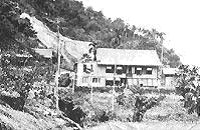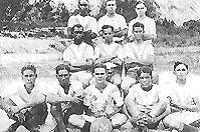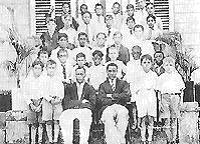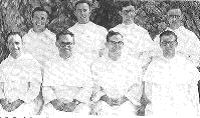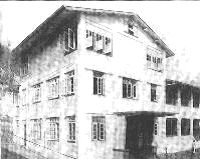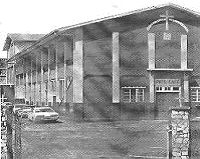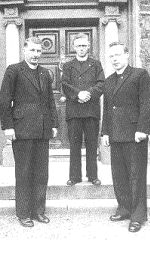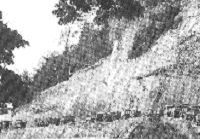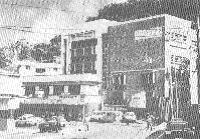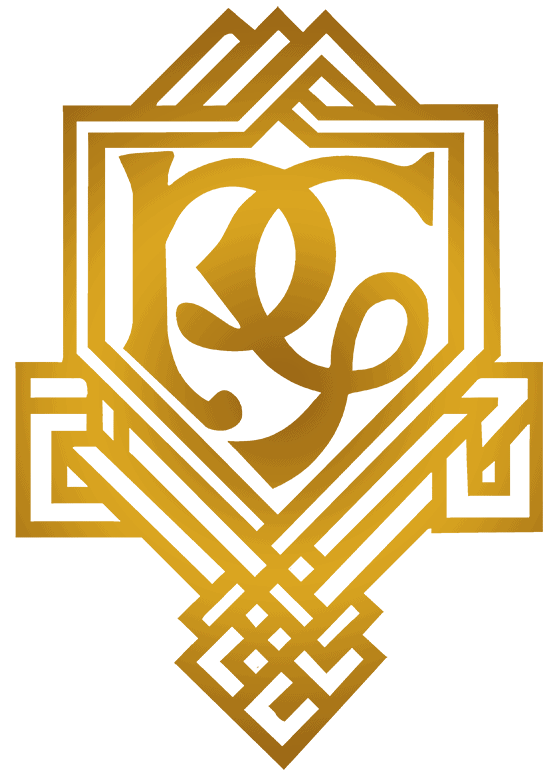
The early history of Presentation College San Fernando begins in 1930, when a small school called St. Benedict’s was established in a lowly basement beneath the San Fernando Presbytery at Harris Promenade This was the first Catholic Secondary school in South Trinidad, and was set up in response to the requests of the Catholic population as well as many non-Catholic residents there. After repeated petitions to the Archbishop of Port of Spain, the latter directed the Benedictine Fathers of Mount St Benedict to start the college as a diocesan institute. On March 31 1930, the legacy began.
Under the spiritual directorship of Rev. Fr. Sebastian Weber, OSB and a teaching staff of two Mr. Vincent Ferrer and Mr. Mitchell.
St. Benedict’s opened with thirty two students on its roll, including such names as Gerard Robert Ken and Harvey Montano, Ralphie Gillezeau, the Espinet brothers, the Hart brothers (Edmund and Edwin), Steve Bennett, Elwin Maingot and Rex Latour. In November of the same year the Benedictine Fathers purchased the Colony Buildings and grounds at La Pique, nestled at the foothills of the San Fernando Hill. This six acre site was the former residence of the Governor during his visits to South Trinidad and cost some 5000 pounds to acquire.




